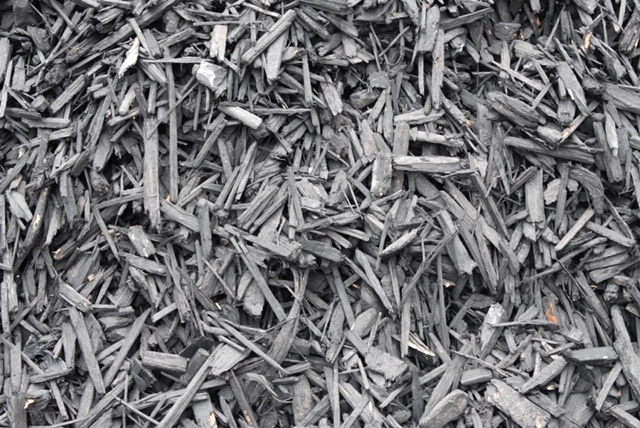Aggregate concrete in Melbourne is basic filler, however its job is a higher priority than what that basic explanation suggests. Aggregate involves the majority volume of the solid. The stuff the cement glue covers and ties together. The structure, shape, and size of the aggregate all have huge effect on the usefulness, toughness, quality, weight, and shrinkage of the solid.
Aggregate can likewise impact the presence of the cast surface, which is a particularly significant thought in solid ledge blends. While choosing the most fitting aggregate for 1 cubic meter of concrete.
Here are the key elements to consider:
- Material: Most common stones and squashed stone are suitable for use in concrete. Regularly utilized stones are quartz, basalt, rock, marble, and limestone. In the event that a solid ledge will be ground with jewel tooling, the aggregate will appear, so feel likewise influence the selection of aggregates.
- Size: Aggregate size and degree are the most significant elements when choosing aggregate. Aggregate can be enormous or little, from clench hand measured rocks to fine sand. Aggregates bigger than ¼ inch are delegated coarse aggregate, while anything littler than ¼ inch is named fine aggregate.
- Shape: Aggregate shape impacts quality, yet has a greater amount of a prompt effect on the usefulness of the plastic cement. Unpleasant, rakish particles pack more tight, have progressively surface region, and have more prominent inter particle erosion than smooth, adjusted particles, which decreases functionality.
- Degree: When all is said in done, coarse aggregates will in general be around multiple times bigger than the fine aggregates in concrete, yet the scope of sizes could be more noteworthy than that in specific conditions.
All around reviewed aggregate has a degree of molecule estimates that decently uniformly ranges the size from the best to the coarsest. A cut of a centre of very much evaluated aggregate solid shows a stuffed field of a wide range of molecule sizes.

